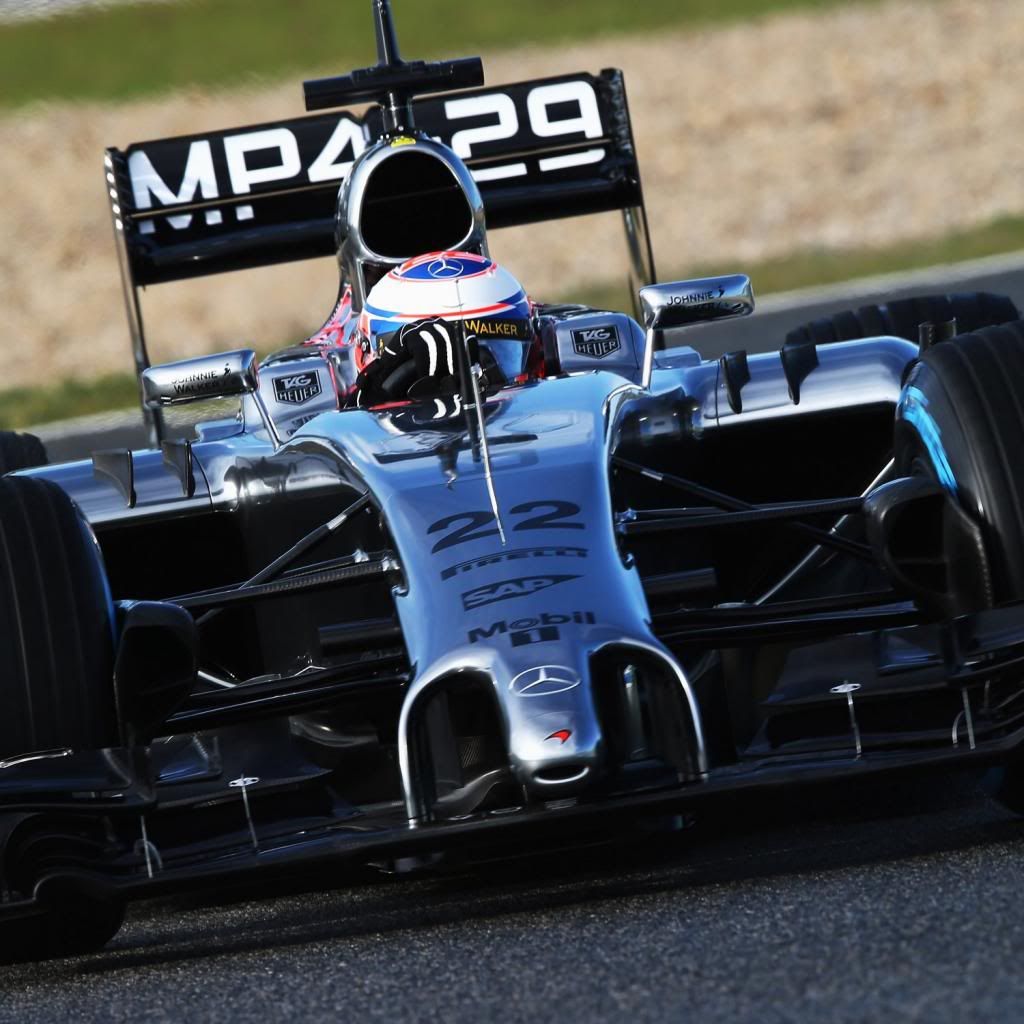riff_raff wrote:I'm not an aero expert, but I don't believe your explanation of why the dimples on the surface of a golf ball are effective is entirely correct. It is the combined effect of the dimpled surface and reverse spin about the ball's pitch axis that creates both reduced aerodynamic drag and increased aerodynamic lift. Thus if the ball did not have reverse spin about the pitch axis when hit, the surface dimples would not help much.
I do not know what the effect of spin on the distance achieved by the golf ball is, as i have only little experience in golfing and didn't look this topic up. But i imagine it definitely has an effect on the curve the ball takes once it was hit.
I can say i'm sure my explanation of the effect of the rougher surface of the dimpled ball is correct. The rougher surface leeds to a more turbolent flow around the ball and therefore the flow can stay attached at the surface for a bigger area and reduces the wake as a result.
The following picture from
http://en.wikipedia.org/wiki/Golf_ball (origin
http://www.grc.nasa.gov/WWW/k-12/airpla ... phere.html)
shows the cd number of two cylinders, a smooth one and a rough one(dimpled). You can see the cd number isn't constant over the different speeds, it changes from 1.5 to 0.1, depending on roughness and speed (expressed by Reynolds number).
At a certain Re number (10^5 for rough cylinder, 3*10^5 for the smooth cylinder) there's a drop in cd. The drop for the rough cylinder appears at a lower speed compared to the smooth surface, between Re 3*10^5 and 10^7 the cd number of the smooth surface is smaller. If our cylinder (ball) reaches a top speed close to Re 3*10^5, then the cylinder (ball) will reach larger distances than the smooth cylinder. If top speed is in the region of Re 10^6, the smooth cylinder (ball) will be the better choice.
This is the same for a smooth golf ball or a dimpled one, although the graph can differ from the one shown here in case of where the drop in cd takes place.
From the wikipedia article we can also read that the
"diameter of the golf ball cannot be any smaller than 1.680 inches (42.67 mm). The maximum velocity of the ball may not exceed 250 feet per second (274 km/h) under test conditions"
This gives an Re number of Re = 42,67/1000 m * (274/3,6) m/s / 15,3*10^-6 m^2/s = 2,12*10^5. The real golf ball should be designed for this Reynolds number to achieve long distances.

Dear FIA, if you read this, please pm me for a redesign of the Technical Regulations to avoid finger nose shapes for 2016! :-)


